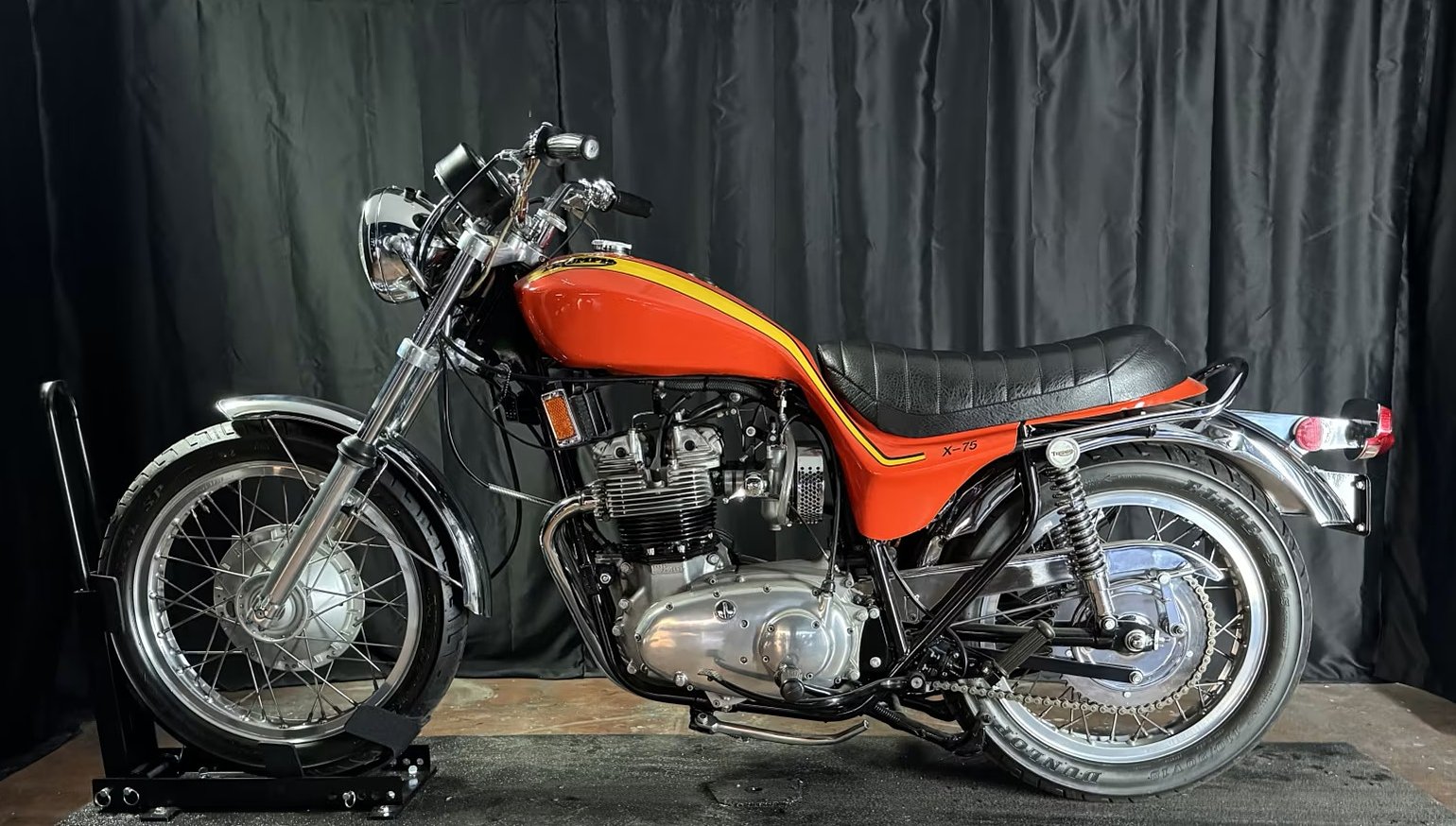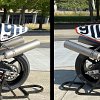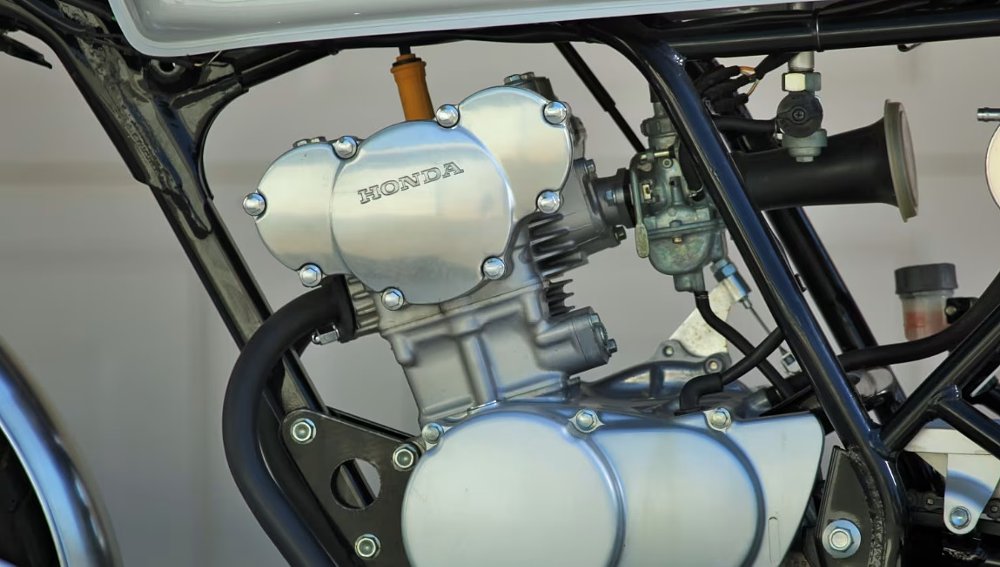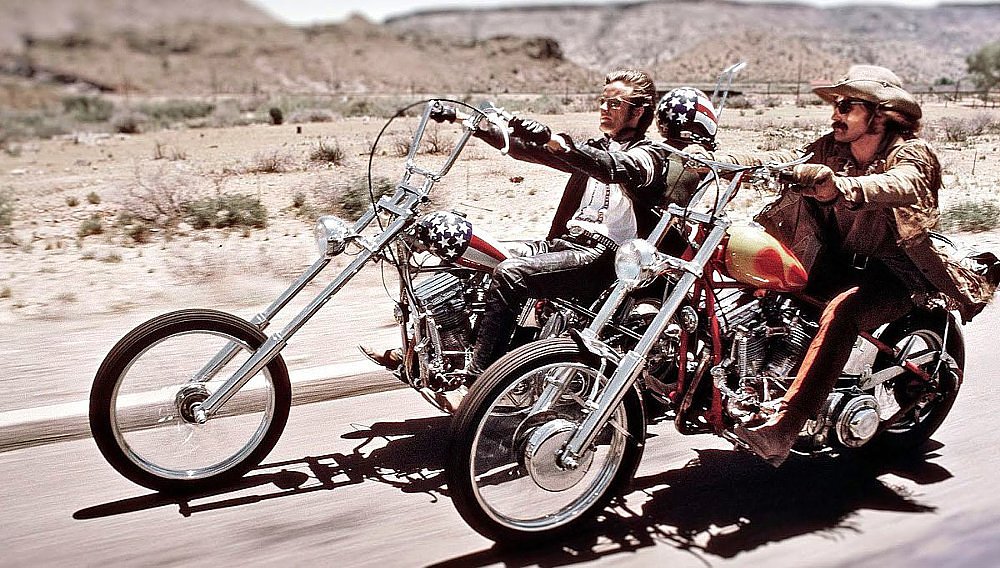The last time I wrote about a Mecum motorcycle auction, I focused on bikes I'd buy if money were no object. Well, money's still an object — I have no more of it now than I had then, and maybe even less — so instead of bikes I'd like to own, this time I'm listing five bikes I think are important to motorcycling's history.
I wouldn't want to ride any of them, for various reasons — either the control layout would guarantee a swift and disastrous plunge into a roadside ditch, or the seating position would break me in half, or the bike would need a complete refresh first, or I'd have no idea how to even start the thing — but that doesn't mean you'd have the same issues. Here, then, are my five entirely subjective picks from the selection of bikes going on the block at the Mecum motorcycle auction in Monterey, California, this week.
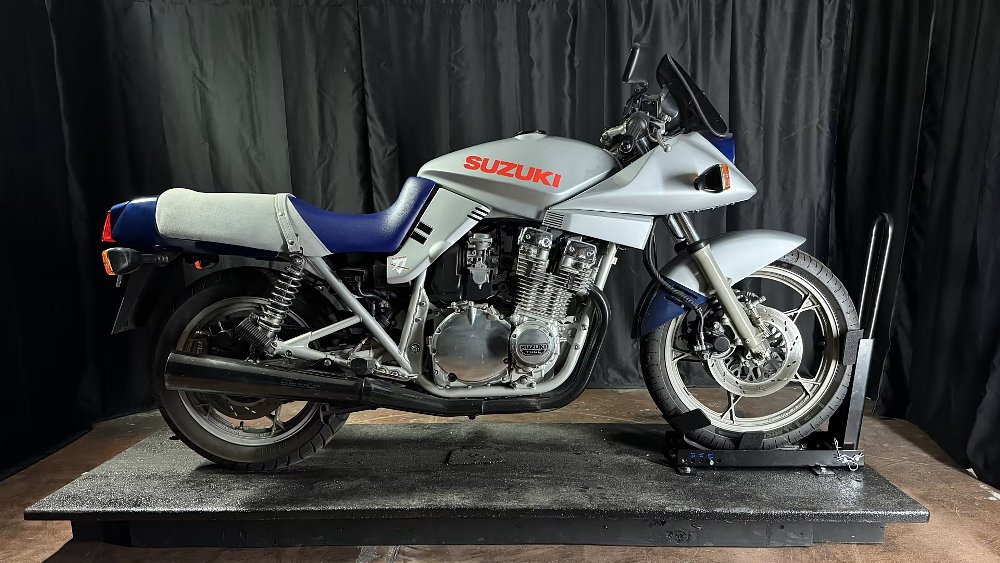
1982 Suzuki GSX1000S Katana
In the early 1980s, Suzuki had an image problem. Everyone knew they made fast, comfortable, and reliable bikes. But when it came to looks, they were… nice. Not arresting, not exciting. Just nice.
Suzuki got in touch with Hans Muth, former chief of styling at BMW, and asked him to give them something nobody could possibly walk by on the showroom floor without stopping to look at it. And boy, did he give it to them. Under the skin the Katana was pretty much a standard GS1100 reduced to 1000 cc to qualify for AMA Superbike racing. But oh, that skin! Some called it outrageous, others striking, but nobody ignored it.
Along with the styling changes came what was at the time a radical seating position, with clip-on bars and rearset pegs. You didn't just ride the Katana, you committed to it. In return you got performance no better, and maybe a little worse, than the GS1100, so Suzuki bumped the displacement back up the next year. Today, the Katana remains one of the most audacious factory styling exercises, and a rideable one at that, sure to draw crowds at bike nights and curious stares from the riders you pass on the road.
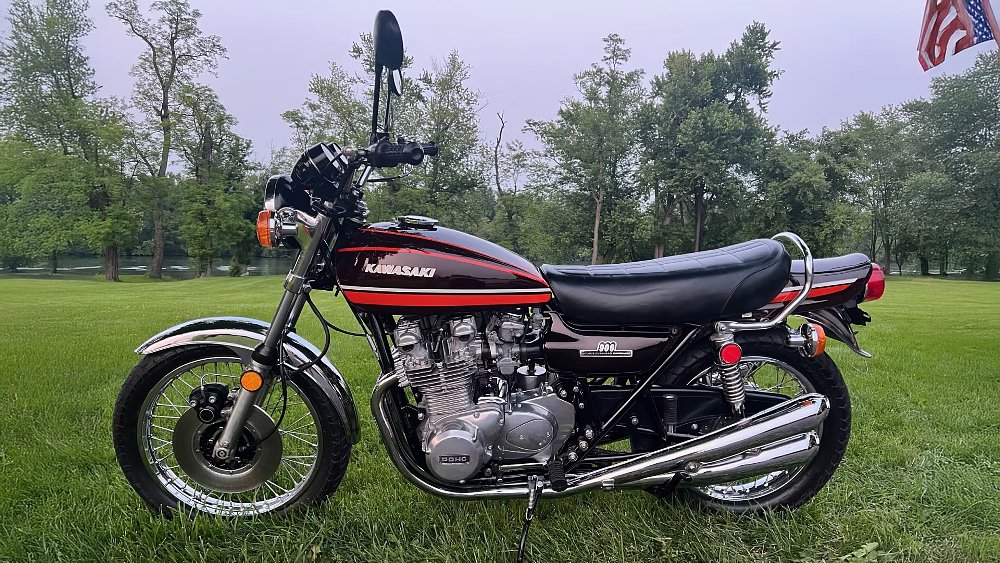
1974 Kawasaki Z1A
The only thing worse than getting beaten out of the starting gate is still being in the garage when the green flag drops. That's the situation Kawasaki found itself in when Honda dropped the CB750 on the world in 1969.
Kawasaki had been developing a 750 cc four of its own, a project code-named "New York Steak," but now it would be seen as a me-too effort. So they postponed its debut until they pumped it up to 903 cc, a move meant to steal Honda's thunder and set the one-liter class on fire. The steak came out tender and juicy, with modern features like dual overhead cams and shim-over-bucket valves, and its claimed 82 horsepower put the CB750's 68 ponies in the shade. The Z1A kept intact Kawasaki's reputation as a performance brand but also raised the bar for fast and versatile big-bore motorcycles.
This particular Z1 has a mere 2.6 miles on the odometer and was stored in a bedroom for almost 30 years before going on the block. It even wears the original tires. Getting it running again might involve a few surprises, but you could always just park it in your own bedroom and drift off the sleep every night dreaming of the bike that kickstarted the four-stroke performance wars.
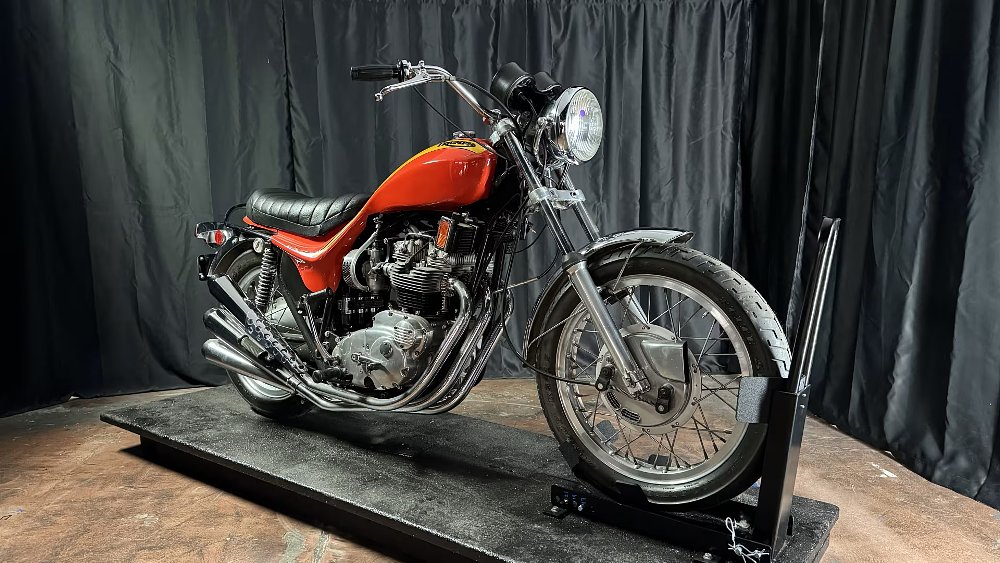
1973 Triumph X75 Hurricane
Like Suzuki in the early 1980s, BSA had an image problem in the late 1960s. When the BSA Rocket 3, a 750 cc triple, was shown to U.S. dealers in 1968, they were underwhelmed. Honda's rumored 750 cc four was due any time, and at a lower price. If the stodgy-looking Rocket 3 were to stand a chance in the U.S. market, it needed a makeover, and fast.
To give the bike styling more in tune with American tastes, BSA Vice President Don Brown contacted designer Craig Vetter, who came up with the first Hurricane. It was panned by the BSA brass back home in the UK but it grabbed the interest of American dealers and, more importantly, American riders. While all this was going on, the BSA brand slid quietly into oblivion, and the BSA Hurricane became a Triumph, fitted with leftover and rebadged BSA Rocket 3 engines.
Despite its avant-garde styling, the X75 Hurricane sold poorly in its day. Of the fewer than 1,200 models made, most are now in the hands of collectors. Today, with its sleek, one-piece tank and body, long front fork, and gorgeous three-into-three exhaust, it's acknowledged by many as the first factory custom, anticipating the craze by a few critical years. Had it not arrived slightly before its time, it might have written a new chapter in the history of the British motorcycle industry.

1994 Harley-Davidson VR1000
Famous roadracing motorcycles go on the auction block all the time. Yamaha TZ750s, BSA Gold Stars, Suzuki RG500s — dime a dozen, all of 'em. But why own a successful racer when you can have a obscure failure?
Harley-Davidson built just enough street-legal VR1000 models to meet AMA Superbike homologation rules and registered them in Poland, but it was specifically designed and built for AMA Superbike racing. This particular model was raced by Michael Smith, who used number 911 because he was the guy teams called in an emergency when they needed a replacement rider.
The VR1000 came close a few times, but never won an AMA Superbike race. That wasn't down to a lack of effort or ingenuity. The clean-sheet 60-degree, liquid-cooled, DOHC, one-liter V-twin benefitted from the expertise of Erik Buell, Roush Industries, and Cosworth, but was always down on power and top speed compared to the 750 cc four-cylinder competition.
Although the VR1000 program was terminated in 2001, its engine went on to inspire the V-Rod's 1,131 cc Revolution powerplant. Today, the VR is a fascinating also-ran, its short racing career a footnote. Put this one in your garage and enjoy the disbelieving stares of Harley fanatics who can rattle off the vital statistics of every model ever produced since the wooden shack but have never heard of the VR1000.
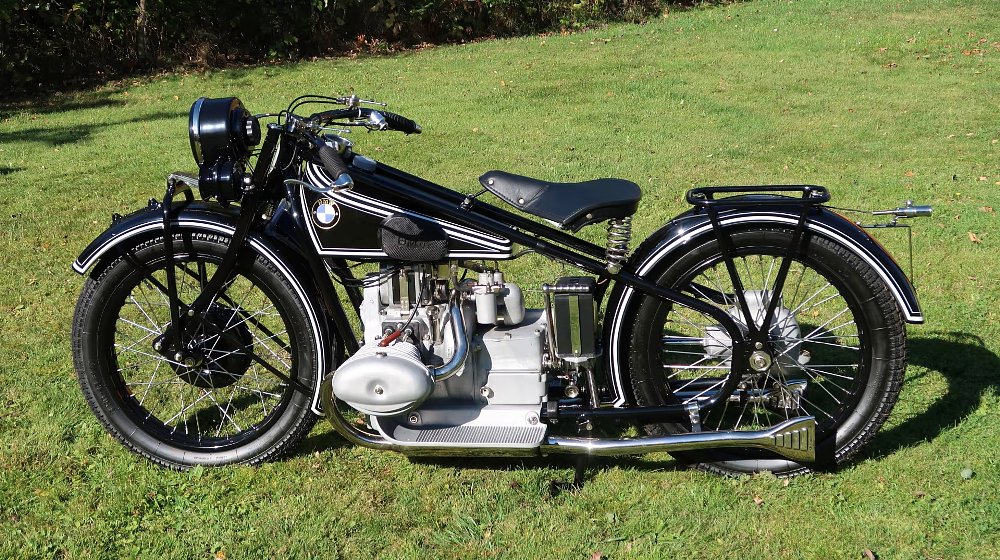
1929 BMW R63
Twenty-four horsepower hardly qualifies a modern motorcycle for sport bike status, but in 1929, the year the St. Valentines Day Massacre made the news and the stock market crashed like a runaway freight train, BMW's R63 was the real deal.
The R63 was one of BMW's first 750 cc bikes, and featured overhead cams, a three-speed transmission, a rear brake mounted on the driveshaft, and electric lighting. The leaf-spring front suspension was complemented by a rigid rear end and — mercifully for the rider's backside — a sprung seat. Billed as the sporting sibling of the side-valve touring R62, it could reach a top speed of 75 mph in street trim, although a supercharged racing version was clocked at 134 mph. Only about 800 were made during a two-year production run.
Contemporary reviews fault the R63's rear brake, leaf-spring front end, and balky gearbox. But you don't buy such a rare classic to ride it, at least not much. Enjoy instead the look, the aura of one of BMW's most advanced models for its time, and the knowledge that you're unlikely to see another one coming the other way on your next vintage ride.


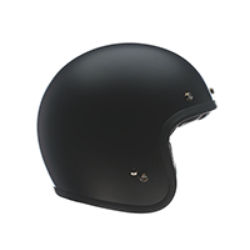

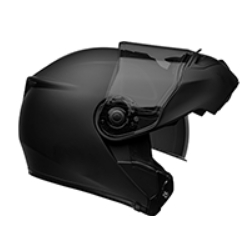

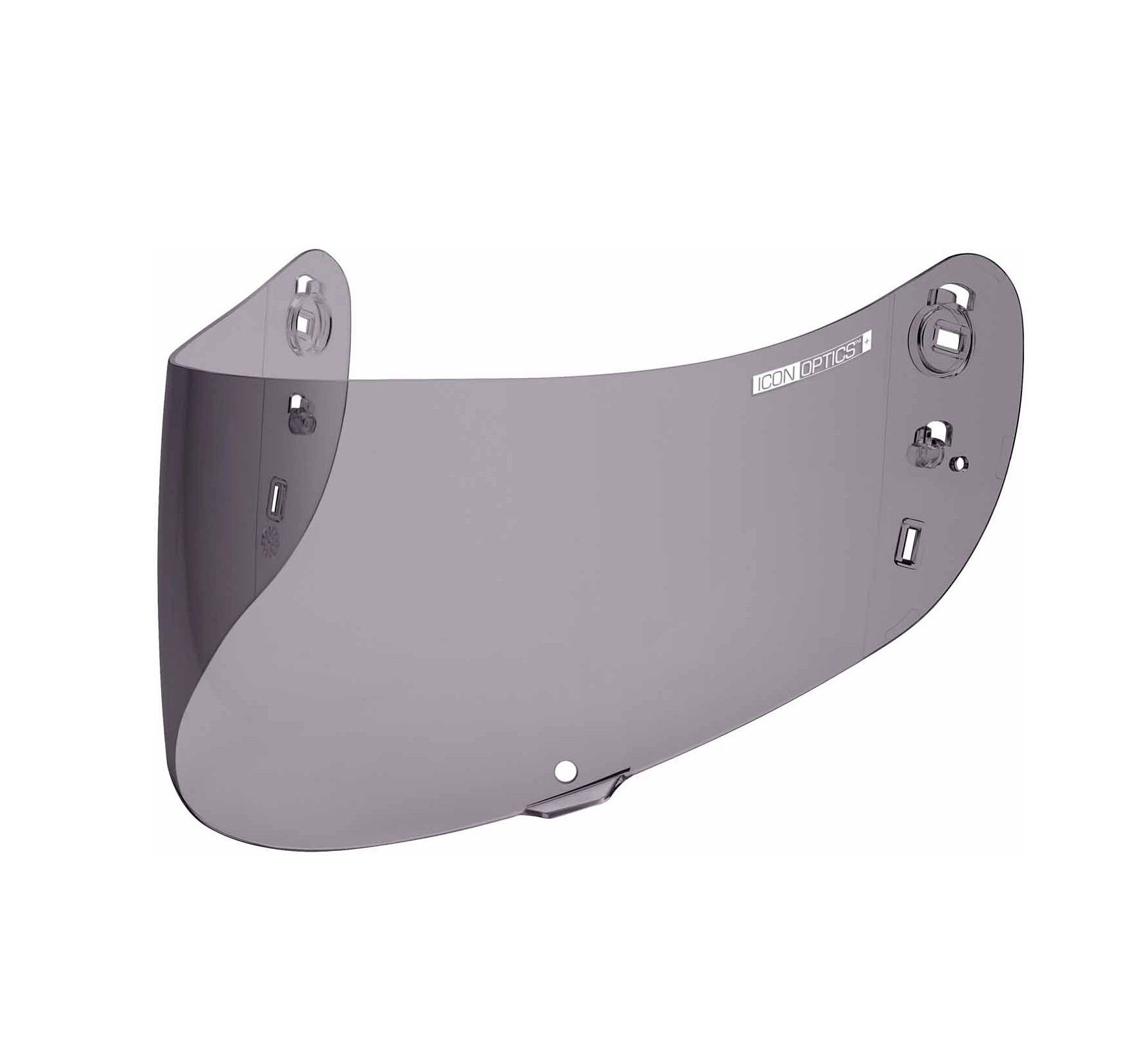
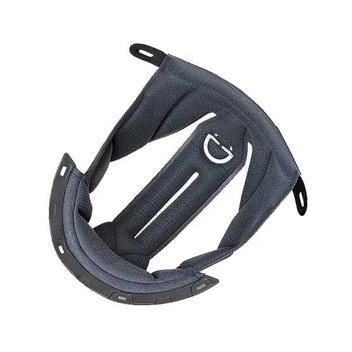
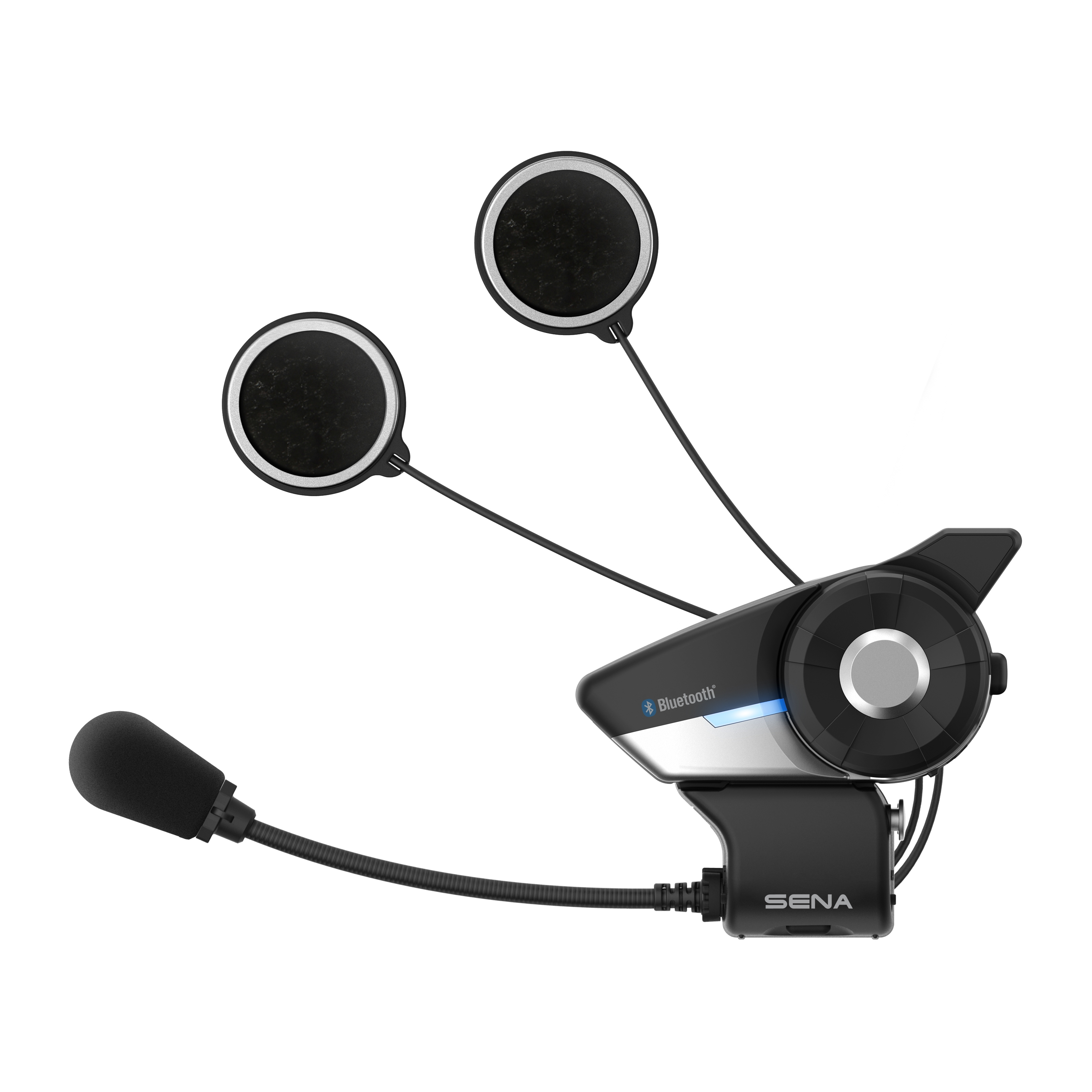
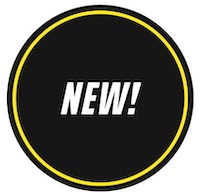

 Membership
Membership

